From Ghost of Tsushima to Stray, here's how devs design the most realistic in-game animals
From mo-cap dog suits to using office cats for inspiration, here's how devs approach realistic in-game animals

There's something magical about a well-designed video game animal. Its look may be the work of a team of artists and its behaviors the result of countless lines of code, but every time you encounter one it feels like it's made of flesh and blood. Whether it's the cats wandering around villages in Assassin's Creed Valhalla begging for scratches or the boars that pose a danger to Ghost of Tsushima's Jin Sakai, animals are a crucial part of world-building.
There's a ton of hidden work that goes into making these virtual animals feel real. Not only do designers have to mock up and test designs, but there are often entire teams dedicated to completing extensive research to ensure animals behave similarly to how they would in nature. An errant line of code or a misplaced invisible boundary marker could break the illusion, or ruin an important cutscene.
I spoke with the teams at Eidos Montreal, Ubisoft, and Sucker Punch, as well as the devs behind the upcoming Annapurna game Stray, to learn how the best video game animals are made – and if you can pet them.
One with nature

Animals are more than just set dressing – they're crucial components to helping games transcend boundaries of believability. "In just their ambient presence, animals help make a world feel alive and can help bring further identity to various biomes," says Parker Hamilton, lead systems designer of Ghost of Tsushima. "Whether it's frogs hopping through marshy swamplands or cranes taking flight as you approach, animal presence can make you feel like you are immersed in a variety of locations."
Immersion is the keyword here. Without lifelike animals flitting about a game world, it can be difficult for us to suspend our disbelief and live temporarily in the game. "We always try to create a believable and deeply immersive world," Assassin's Creed Valhalla creative director Benoit Richer tells me. "So animals help make our biomes richer and more relevant – especially when we want to approach gameplay loops that reference what the Norse people were doing back then: hunting, fishing, and collecting things."
"Whether it's frogs hopping through marshy swamplands or cranes taking flight as you approach, animal presence can make you feel like you are immersed in a variety of locations."
Parker Hamilton, Ghost of Tsushima
In both Tsushima and Valhalla, you're afforded the freedom to roam through fields full of bouncing rabbits and bounding deer while traversing to the next point of interest. You can pause and watch as a fully-realized natural world unfurls around you, whether you choose to engage with it directly or not. Traversal and exploration are often times of peace in action-adventure games, offering a brief respite from combat, and the inclusion of dozens of animals can help to make these moments feel even more special.
Ghost of Tsushima takes it one step further, incorporating animals into traversal as if the island is helping guide you to "contrast the harsh tone of the Mongol invasion." Foxes will guide you to shrines to get new armor, and birds to secret locations. Hamilton explains further, saying that "it was important to make sure the world felt inviting for the player and to help them feel Jin's connection to the island and why he's fighting to save it."
Weekly digests, tales from the communities you love, and more
For the love of fauna

Animals are crucial in games like Ghost of Tsushima and Assassin's Creed, but they require a ton of work from various different dev teams – as well as a need for some restraint. It's impossible to include every animal you'd find in 872 AD England or 1274 Japan in a game, especially when so much work goes into crafting each of them.
For Ghost of Tsushima, Sucker Punch was very concerned with being respectful towards the animals included in-game. "Sika deer are sacred in Japan, so while we knew we wanted to include them, it was also important to make sure they couldn't be hunted," says Hamilton. Sucker Punch did extensive research in order to ensure they portrayed respectful, realistic versions of these animals, "striving for accuracy wherever possible, including even doing actual motion capture for the horses."
For Assassin's Creed Valhalla, Ubisoft had to ensure that the animals it chose to put in-game had a purpose. "We still have a budget. So we have categories, and each of them has specific functions," Richer explains. "The birds, we use them as visual attractors. We have prey and predators, when you hunt for food or for leather you might get ambushed. We have freshwater and saltwater fish for food, as the Vikings were big fishermen. And we have domestic animals, too."
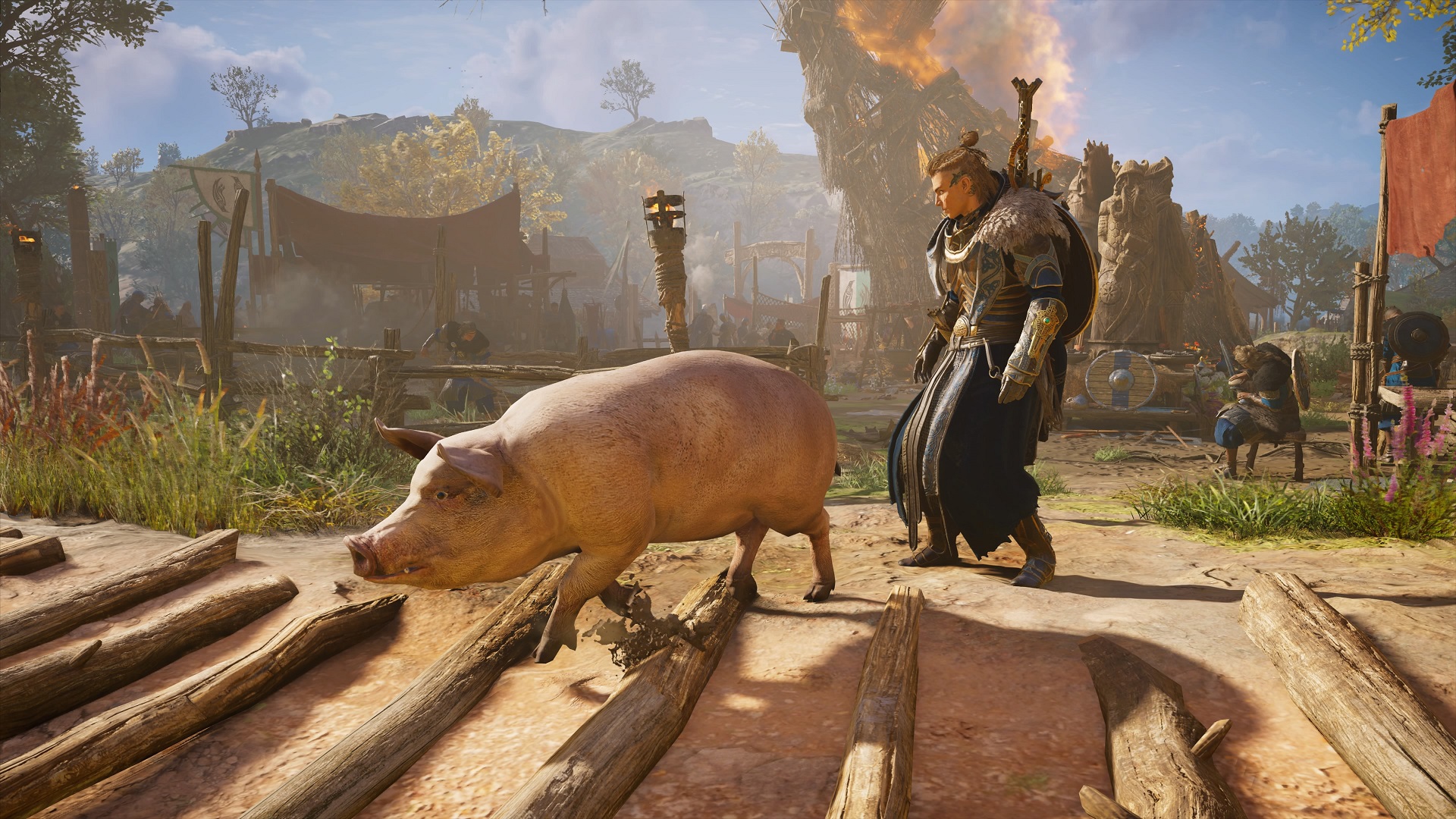
"It's funny because you feel that they start to have a life of their own, but we need to find ways to mitigate that."
Benoit Richer, Assassin's Creed Valhalla
"We do tons of research, watch tons of documentaries, and we inform ourselves as much as possible," Richer continues, speaking to the need to ensure the animals included in Valhalla were historically and biologically accurate. "Through the years at Ubisoft we have had so many teams developing animals, so we share this common knowledge between projects." But Richer, who himself grew up fishing and hunting, knows that you can't make these animals too life-like. "This isn't a simulation… you don't want to spend hours inside the game looking for fish or deer and you don't see anything because you stepped on a branch."
Researching, designing, and animating in-game animals requires extensive labor – and that's before they're even implemented into the game. "During the day animals are in the field and eating, at night they're hidden in the forest. We have to make sure they have this behavior – all types of animals. We have to have this huge system that manages all of these things," Richer explains.
And then there's the issue of keeping animals out of certain areas, which they do with exclusion zones written into the code. "They're wildlife and they have a life of their own but we have to have a certain level of control. If we're trying to have a certain sequence, then we'd have a funny moment where it's supposed to be serious and then you see these animals," he continues. "Sometimes fish go out of the water on the shore – it's funny because you feel that they start to have a life of their own, but we need to find ways to mitigate that."
Finding inspiration
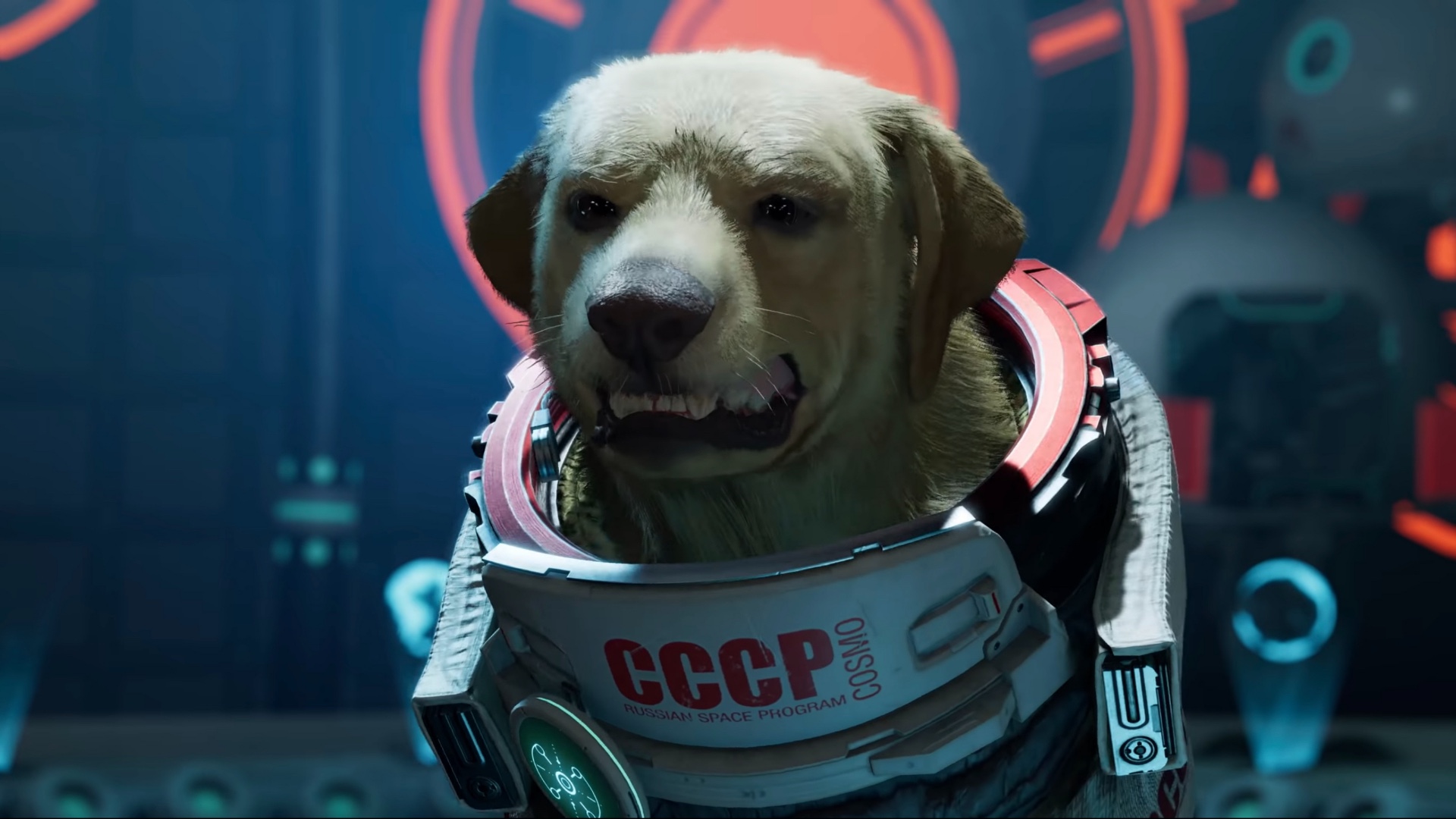
"Can you pet the dog" is such a popular question in the video game world that it has its own Twitter account. Ghost of Tsushima's Iki Island expansion lets you play the flute to attract cats, who you can then pet to your heart's delight. Assassin's Creed Valhalla has massive domestic cats just waiting to be picked up and cuddled. But you can't pet the cat in Stray, an upcoming indie from Annapurna Interactive – because you are the cat.
In Stray, you play as a small cat exploring a strange world. The team at Blue Twelve Studio has worked to ensure that this cat (seen from a third-person perspective for the entire game) feels incredibly real. But as Miko - the sole animator in charge of Stray's stray - explains, that requires a lot of hidden work.
"Every little detail is important," says Miko. "Whether it's the movement of the tail, the reaction of the ears, the laser-focused eyes, and subtle movements of the whiskers. They are all really important parts of the final animation, and it's really easy to get a feeling that something is weird by missing one of these. We also say as a joke in the team that cats are a liquid, but it is quite true when it comes to respecting the perfect fluidity of their movements when they just walk and jump around."
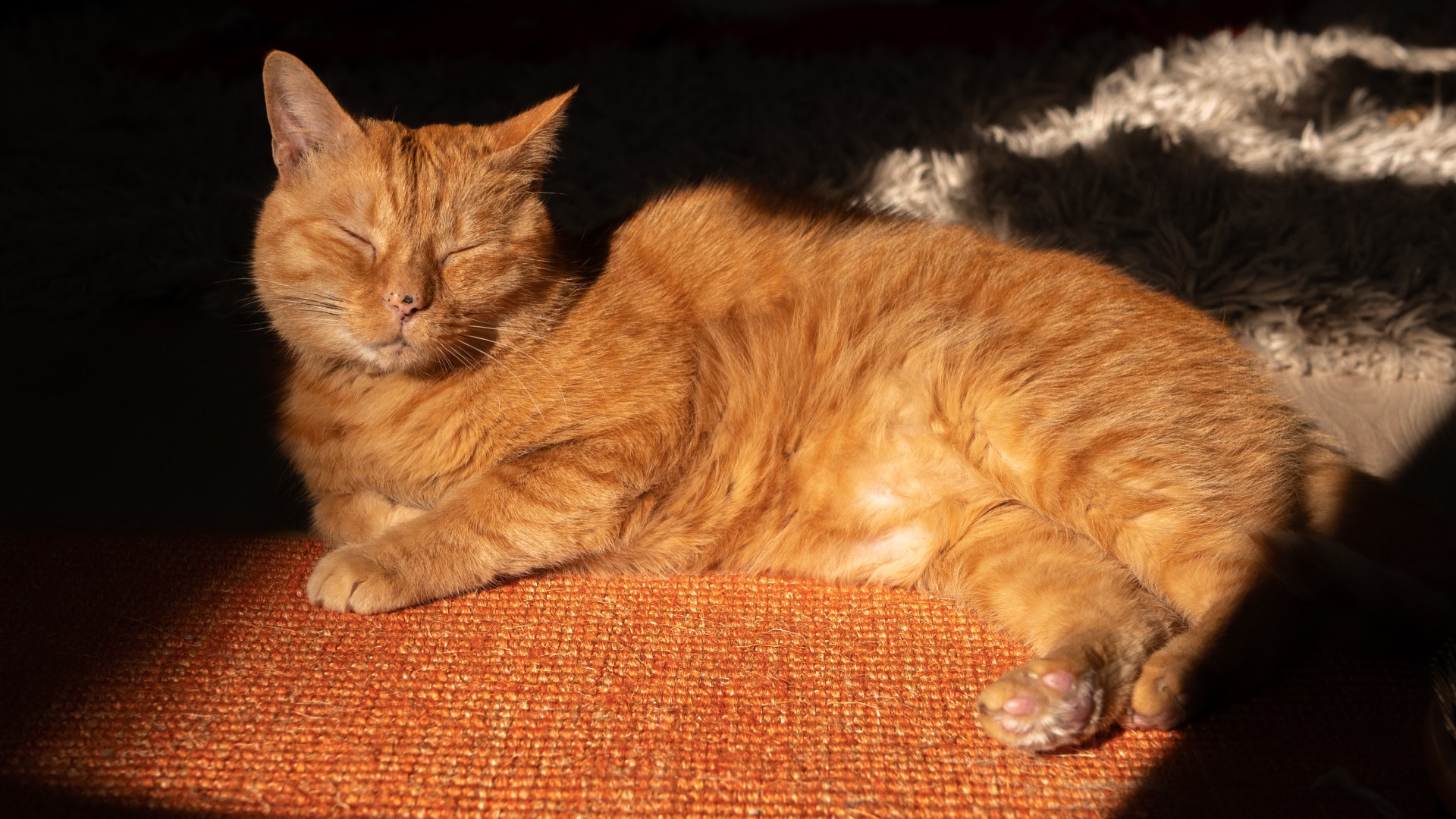
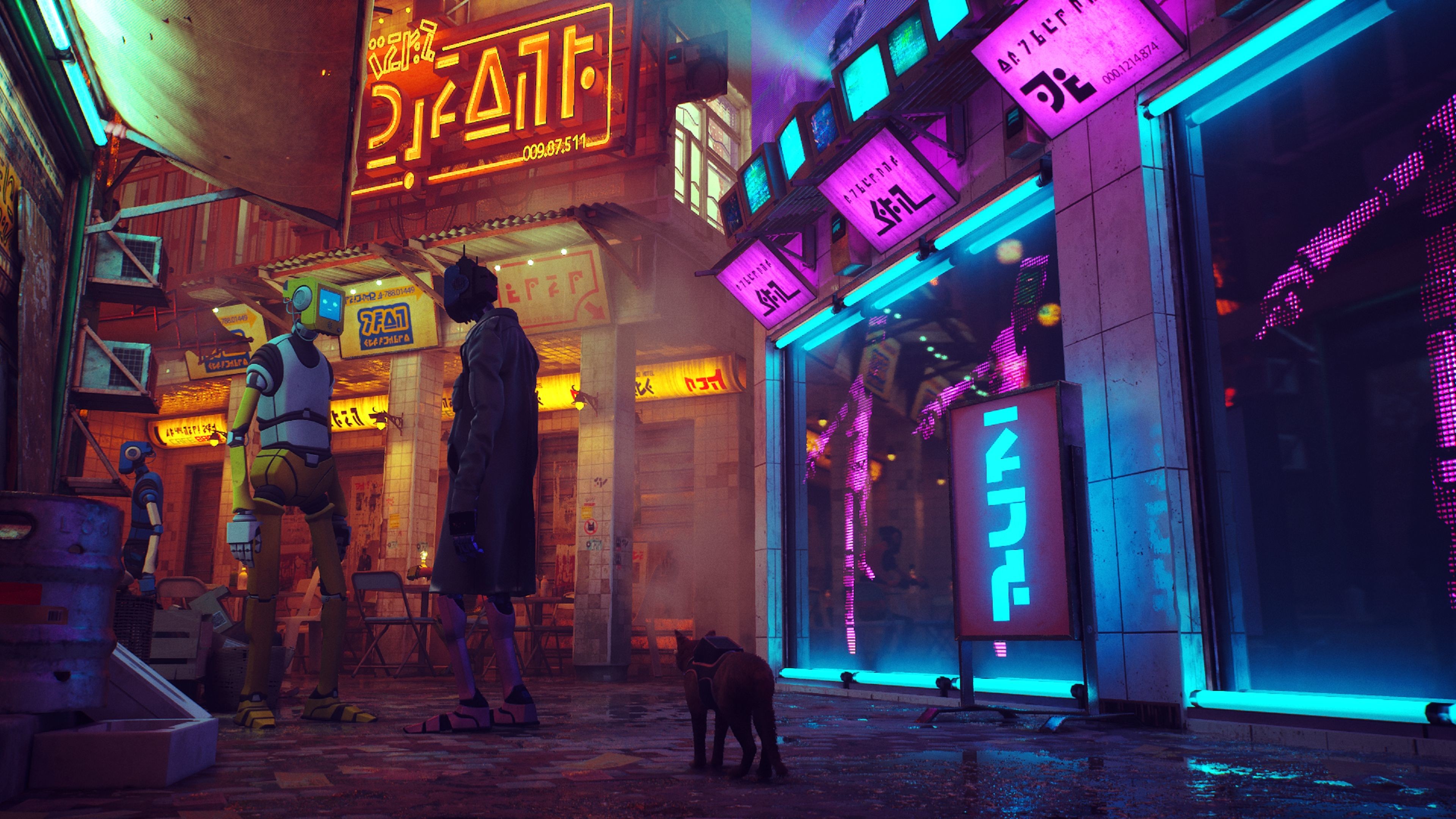
Talking about realism: The team behind Stray has made such a realistic in-game cat that even the studio's office cats have noticed it. "A nice moment we had while developing the game was when the cats in the office started to react to the cat that was on our screen. Seeing them raise their head when they hear a meow in the game or trying to interact with the cat during the cinematics gave us a great feeling that we were on a good path," Swann Martin-Raget says.
From what we've seen of Stray's feline protagonist so far, this is among the most impressive in-game cats ever made. The flicking of the tip of the tail during idle moments, the way it loads weight into its haunches before making a seemingly weightless jump – as a cat owner, it's quite frankly astonishing, and that's probably because most of the team at Blue Twelve Studio are cat lovers, too.
"I think about 80% of the team are cat owners (or are owned by a cat depending on how you see it). We also have two cats (Oscar and Jun) that are working with us at the office almost every day. And of course, Viv and Koola, the co-founders of the company, also have two cats, and one of them (Murtaugh, an orange tabby mix) was a very strong reference when creating the main protagonist of Stray," producer Swann Martin-Raget tells me. "So it is fair to say that we are absolutely fond of our feline companions and we all wanted the game to be a love letter to them in many ways."
Martin-Raget says that Stray's office cats served as a "constant source of inspiration" and were "crucial in helping create such a challenging playable character." But Eidos Montreal, the team behind Marvel's Guardians of the Galaxy, didn't have a constant source of inspiration in their offices when it came to creating Cosmo the Russian cosmonaut dog (and his puppies). Because of this, they had to do a lot more extra research and bring in external consultants, as well as put some dogs in mo-cap suits. "We hired real dog trainers that really understand dogs from A to Z to capture the material we needed," says senior creative director Jean-Francois Dugas. "What we needed was a dog that reacts as a dog would in a human interaction… It was really about those trainers making sure the dogs were performing the right stuff. We were very thorough with that."
Thanks to the studio's extensive work, Cosmo feels exactly as Eidos Montreal intended: like a "dog that is super powerful and super smart – but a dog." He gets distracted mid-conversation by a squeaky ball, walks in circles before laying down while negotiating with Peter Quill, and bares his gums threateningly when facing off with Rocket. It feels like you're watching a real dog, and that's thanks to the devs' efforts – and the IRL dogs they bright in who were, according to Dugas, "professionals, not amateurs."
Animal lovers
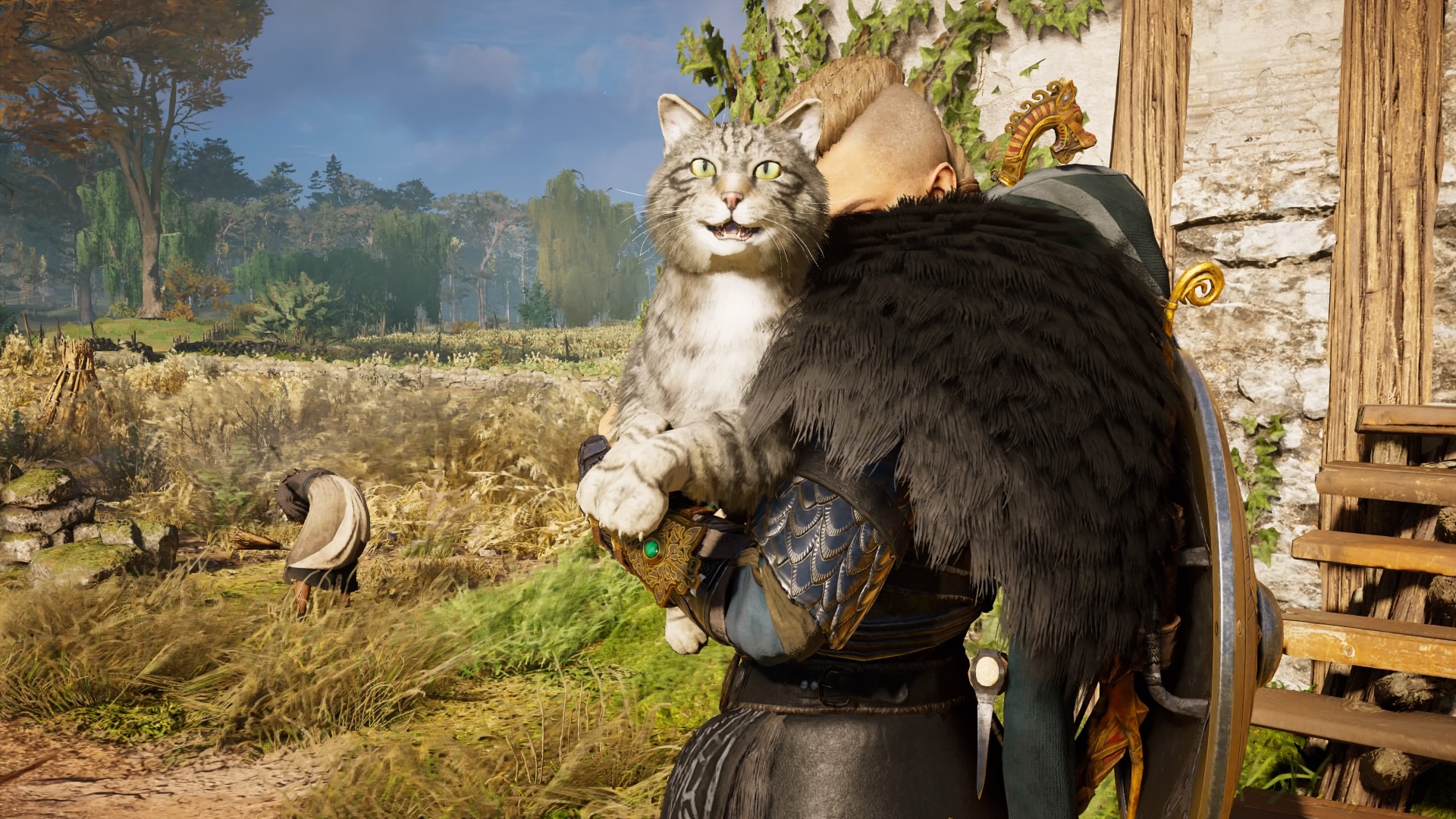
Whether a game includes animals for realism and depth in a fictional (but natural) world, or it puts an animal front and center as the protagonist, the lengths developers go to to ensure their authenticity is astonishing. Hours of research are followed by hours of design which culminate in hours of coding and testing - all so that you can feel like you're really riding on horseback, sending rabbits racing through the brush, or riling up a pack of wolves in your wake. For some studios like Blue Twelve, inspiration surrounds them in the form of office cats. For Eidos Montreal, dogs and dog trainers needed to be outsourced to get their game dog just right.
No matter what, it's clear that studios put in a ton of man (and animal) hours to ensure their game animals look and feel real. From the period-accurate animals of Assassin's Creed Valhalla, to the venerated animals of Ghost of Tsushima, and the upcoming cat hero of Stray, animals in contemporary video games are amazing - and you can pet a lot of them, thankfully.
Let's keep the animal trend going, here are the ten best video game animal companions.
Alyssa Mercante is an editor and features writer at GamesRadar based out of Brooklyn, NY. Prior to entering the industry, she got her Masters's degree in Modern and Contemporary Literature at Newcastle University with a dissertation focusing on contemporary indie games. She spends most of her time playing competitive shooters and in-depth RPGs and was recently on a PAX Panel about the best bars in video games. In her spare time Alyssa rescues cats, practices her Italian, and plays soccer.



